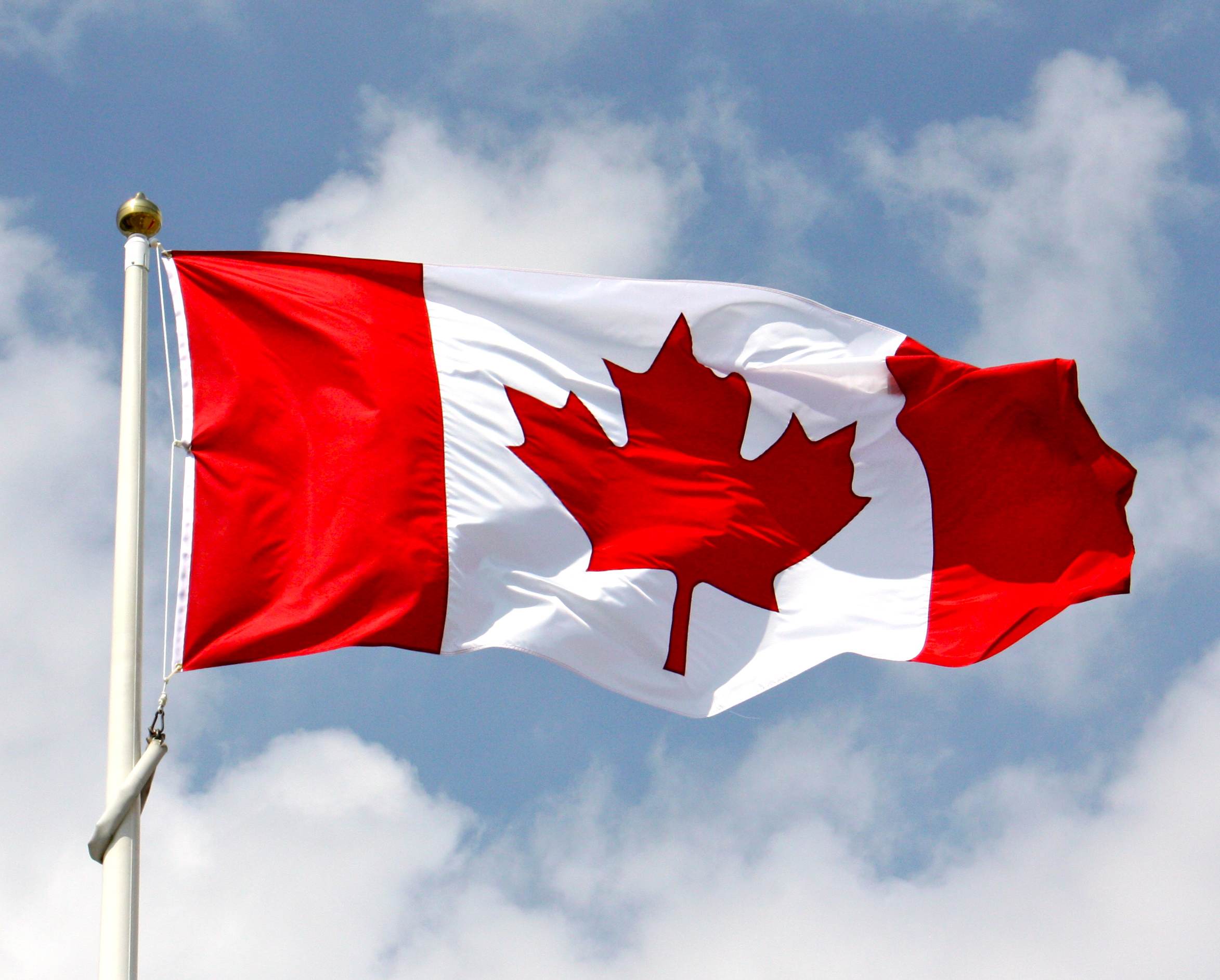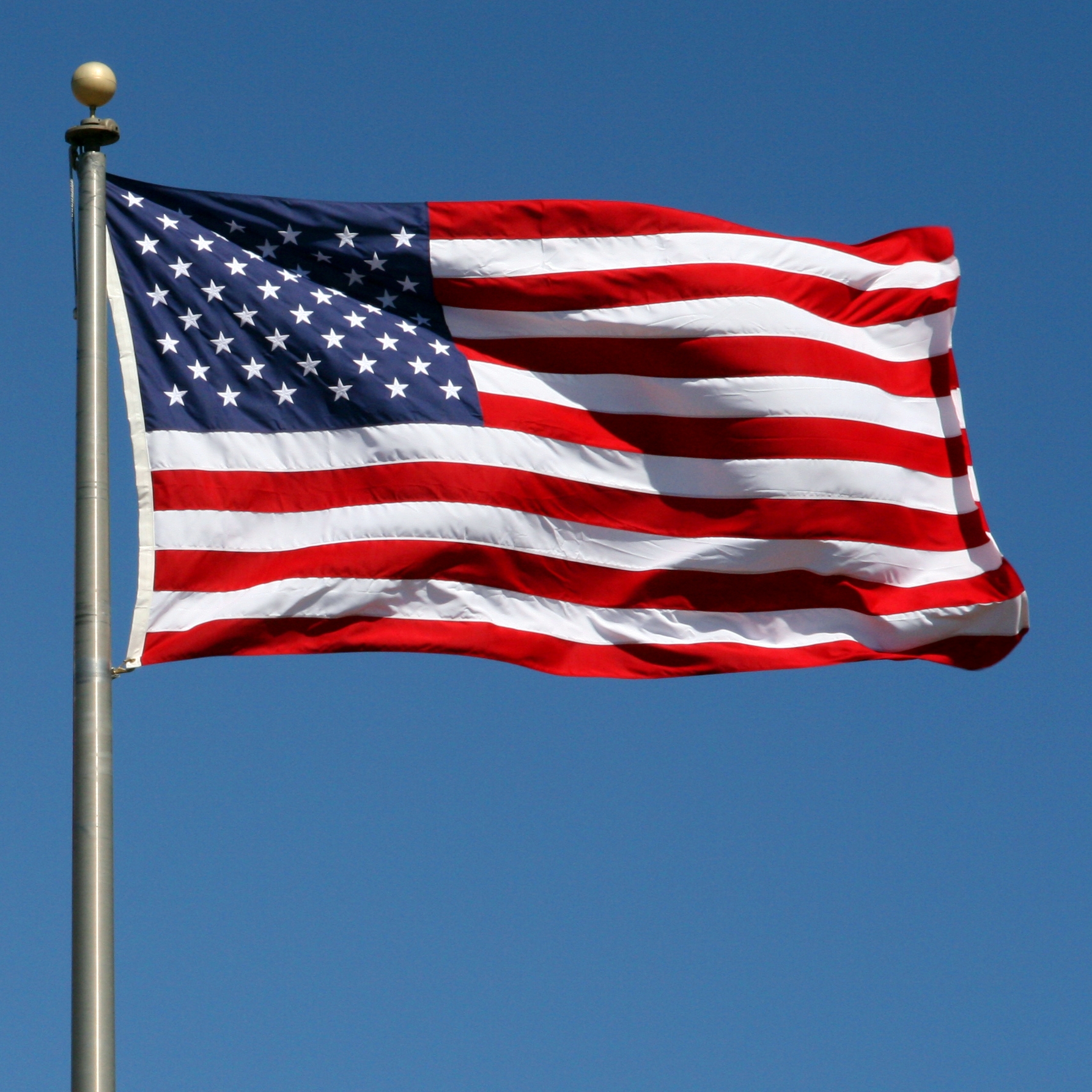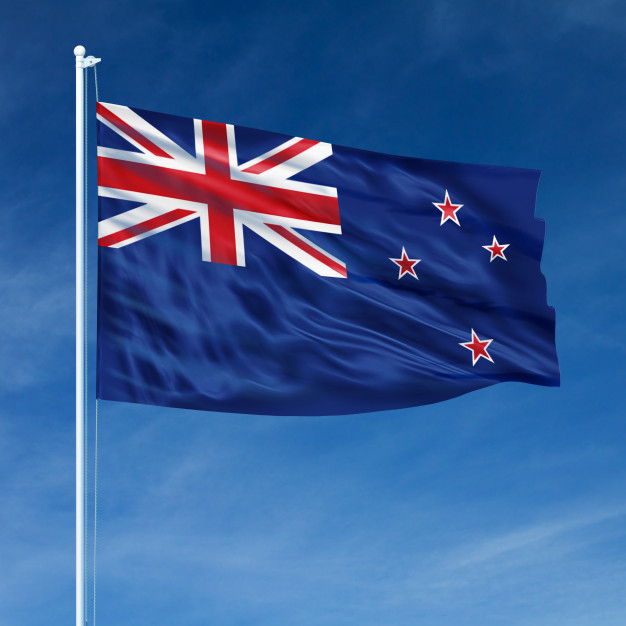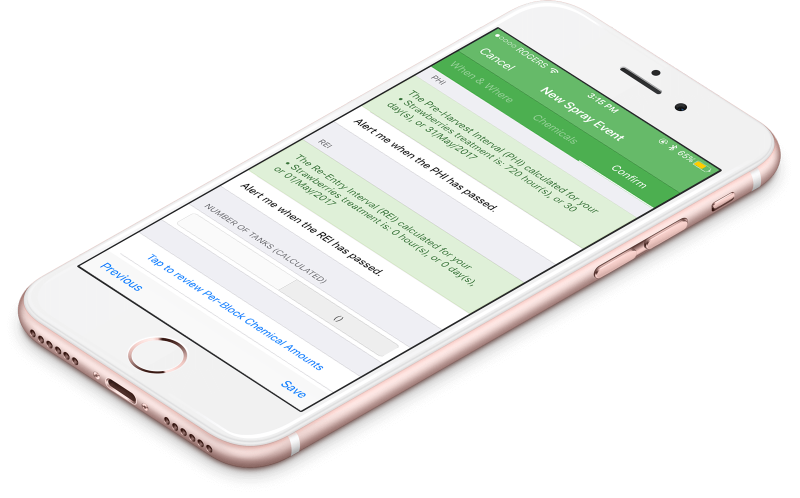Growers can’t make the most of exciting new ag tools like crop management software without the most basic broadband speeds. However, many growers around the world are still stuck in Internet blackout zones. In today's blog post we discuss the digital divide in 3 different countries, and how Croptracker is working the bridge the gap in spring 2019.
Canada
 In 2016, the Canadian Radio-Television and Telecommunications Commission (CRTC) declared that broadband Internet access in Canada is now considered a basic telecommunications service. Previously, local landline service was the only service deemed "basic" (or essential). The CRTC also set new minimum requirements for internet service providers: they must offer all customers download speeds of at least 50 megabits (Mbps), upload speeds of at least 10 Mbps, and the option of unlimited data.
In 2016, the Canadian Radio-Television and Telecommunications Commission (CRTC) declared that broadband Internet access in Canada is now considered a basic telecommunications service. Previously, local landline service was the only service deemed "basic" (or essential). The CRTC also set new minimum requirements for internet service providers: they must offer all customers download speeds of at least 50 megabits (Mbps), upload speeds of at least 10 Mbps, and the option of unlimited data.
The CRTC has pledged to contribute $750 million to the expansion of broadband service in rural and remote communities. Part of this $750 million will come from telecom companies, who will be required to contribute a percentage of their revenues to subsidize the expansion.
Currently, two million Canadian households - about 18% of the total population - don't have access to such levels of service. By 2021, the CRTC intends to reduce that statistic to 10%. In the next 10 to 15 years, it hopes to create a completely wired Canada.
United States
 30% of rural Americans live without access to broadband Internet. In 2018, the Farm Bill pledged to address the main factors behind the digital divide: namety, the high costs of building telecommunication networks into less population-dense areas, as well as the geographic challenges these areas often pose. The Farm Bill prioritized funding for telecommunications projects that will have the most impact on rural areas and created incentives for companies to expand in rural areas. It also gave the USDA the flexibility to issue loans for critical “middle-mile” projects, which build virtual bridges from telecom hubs to rural customers, and includes the “Precision Agriculture Connectivity” provision that creates a task force to focus on the broadband connectivity and technology needs of precision agriculture.
30% of rural Americans live without access to broadband Internet. In 2018, the Farm Bill pledged to address the main factors behind the digital divide: namety, the high costs of building telecommunication networks into less population-dense areas, as well as the geographic challenges these areas often pose. The Farm Bill prioritized funding for telecommunications projects that will have the most impact on rural areas and created incentives for companies to expand in rural areas. It also gave the USDA the flexibility to issue loans for critical “middle-mile” projects, which build virtual bridges from telecom hubs to rural customers, and includes the “Precision Agriculture Connectivity” provision that creates a task force to focus on the broadband connectivity and technology needs of precision agriculture.
Efforts also are underway by the individual states. Minnesota Gov. Tim Walz’s spending plan includes money to bring broadband access to rural Minnesota in two years. South Dakota Gov. Kristi Noem announced plans to close the “broadband gap” during her first State of the State Address. In Montana, Senate Bill 239 would exempt property taxes on fiber optics installed by utilities for 5 years. After that, the tax value would be phased in at 20% a year over five years.
New Zealand
 Meanwhile, New Zealand contends with a similar digital divide. Prime minister Jacinda Ardern announced on February 4th that the government would invest in Regional Digital Hubs (RDHs) in towns to connect local people and businesses to digital services. This move will be a $21 million contribution to the Provincial Growth Fund, in which three billion dollars has been pledged to regional economic development over a three-year term. RDHs were described as "place-based facilities which may include key digital services such as free connectivity (via WiFi)... [and] some support for technical connectivity and guidance on use of the internet for business purposes" among other community services. They will open initially in Northland, Bay of Plenty, Tairāwhiti/Gisborne, Hawke’s Bay, Manawatū-Whanganui and Tai Poutini/West Coast.
Meanwhile, New Zealand contends with a similar digital divide. Prime minister Jacinda Ardern announced on February 4th that the government would invest in Regional Digital Hubs (RDHs) in towns to connect local people and businesses to digital services. This move will be a $21 million contribution to the Provincial Growth Fund, in which three billion dollars has been pledged to regional economic development over a three-year term. RDHs were described as "place-based facilities which may include key digital services such as free connectivity (via WiFi)... [and] some support for technical connectivity and guidance on use of the internet for business purposes" among other community services. They will open initially in Northland, Bay of Plenty, Tairāwhiti/Gisborne, Hawke’s Bay, Manawatū-Whanganui and Tai Poutini/West Coast.
Still, some argue these efforts are not enough. Federated Farmers has dismissed the Government's pledge of $21 million to create a series of regional digital hubs in rural areas as merely "a drop in the required connectivity bucket".
Separately, the government has awarded contracts worth $130 million for the previously announced expansions of the Rural Broadband Initiative phase two/Mobile Black Spots Fund programme, saying these would take coverage to 99.8 percent of the population over the next four years. However, this plan is not without criticism either, as the focus of the PGF is on a number of 'surge regions': Tairāwhiti/East Coast, Hawke’s Bay, Tai Tokerau/Northland, the Bay of Plenty, Tai Poutini/West Coast and Manawatū-Whanganui.
The Benefits of a Connected Farm
 Technology helps growers run safer, more efficient, and more profitable operations. Accurate, detailed record-keeping systems - increasingly augmented by RFID implementation - help growers reduce material and labour inefficiencies, reduce report creation and auditing time, enhance their traceability, and improve operational knowledge and trend awareness that translates into better decision-making. Having these systems mobile and cloud-based means growers can spend less time in their office and more time in their fields and orchards, and faciliate quick on-the-go schedule changes that labour teams can react to immediately. Enhanced traceability also means growers are in a much better position to achieve organic certifications and connect with large grocery chain buyers.
Technology helps growers run safer, more efficient, and more profitable operations. Accurate, detailed record-keeping systems - increasingly augmented by RFID implementation - help growers reduce material and labour inefficiencies, reduce report creation and auditing time, enhance their traceability, and improve operational knowledge and trend awareness that translates into better decision-making. Having these systems mobile and cloud-based means growers can spend less time in their office and more time in their fields and orchards, and faciliate quick on-the-go schedule changes that labour teams can react to immediately. Enhanced traceability also means growers are in a much better position to achieve organic certifications and connect with large grocery chain buyers.
The benefits of expanding broadband access to growers will be reaped by those in urban areas, too. Increased traceability - from accurate, detailed record-keeping systems and RFID implementation - means better food safety for all, and better post-harvest management means more, higher-quality food ends up on everyone's tables.
But What About in the Meantime? Croptracker Offline Mode
 For many growers, the Internet blackout could continue for at least another 10 to 15 years. To help bridge the digital divide, Croptracker is working at creating an offline version of our software platform, projected to launch spring 2019.
For many growers, the Internet blackout could continue for at least another 10 to 15 years. To help bridge the digital divide, Croptracker is working at creating an offline version of our software platform, projected to launch spring 2019.
Croptracker's Offline Mode will allow growers in non-connected areas to create records as any user normally would. The system will store records within the app, and anytime the grower connects to Wi-Fi, the records will be uploaded to the Cloud as normal for back-up.
We're built on the belief that growers - no matter the size of their operation - should have access to quality software solutions that help them grow more safely, efficiently, and profitably. We're working hard to ensure that we can help growers reap these same benefits no matter where they live.
Interested in learning more about our upcoming offline mode or any other Croptracker feature? Click here or head over to our Knowledge Base, where you'll find step-by-step tutorials as well as common troubleshooting tips and more. And as always, if you're ever stuck, never hesitate to e-mail us at support@croptracker.com or Live Chat with us by clicking the green speech bubble ![]() in your bottom right-hand corner. We're always happy to help you let Croptracker make your farm become more efficient, safe, and profitable!
in your bottom right-hand corner. We're always happy to help you let Croptracker make your farm become more efficient, safe, and profitable!
| Missed Last Week's Blog Post? Natural Habitats Improve Bee Diversity; Apple Production |


